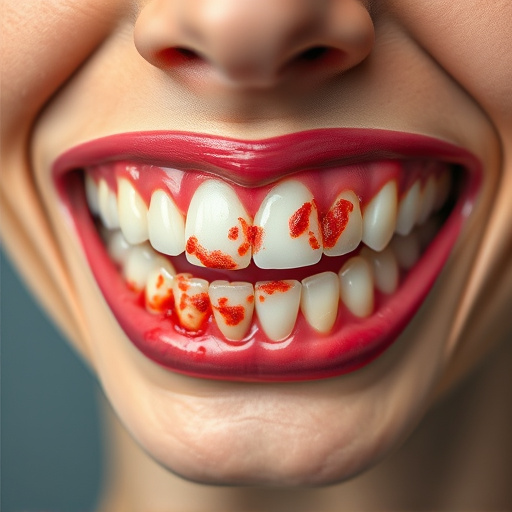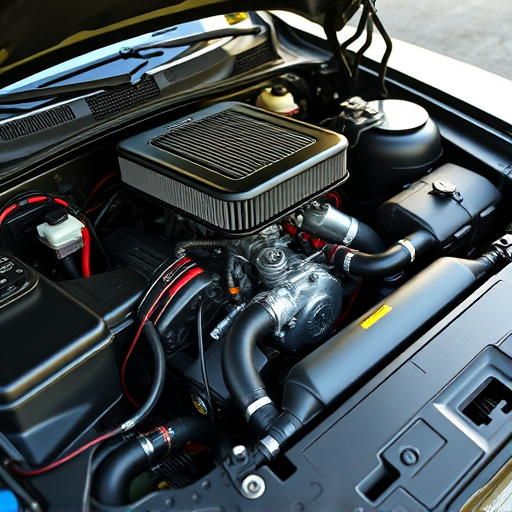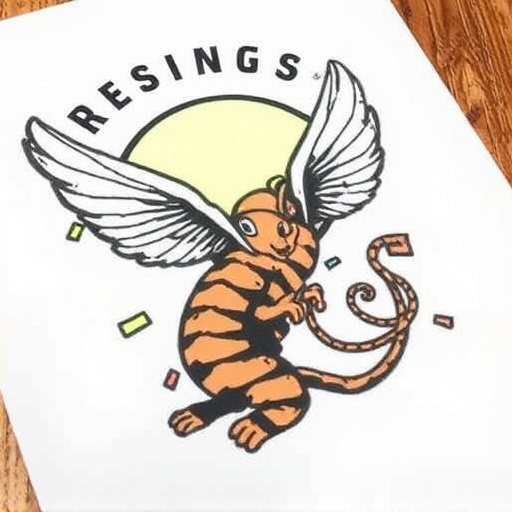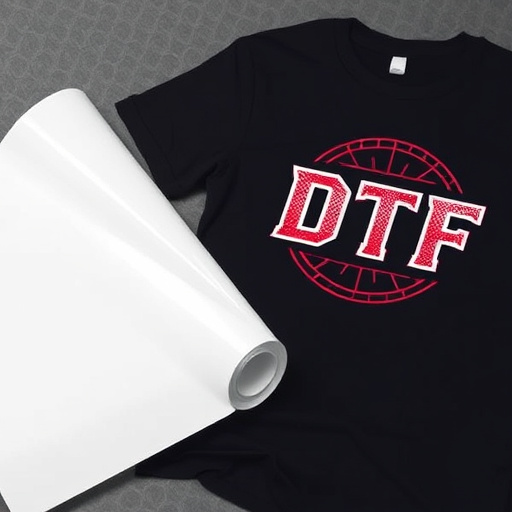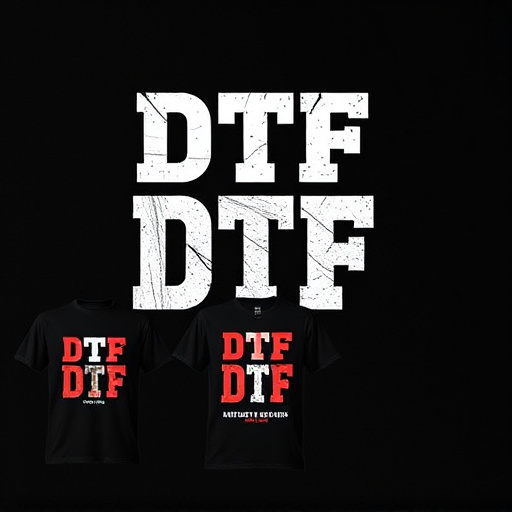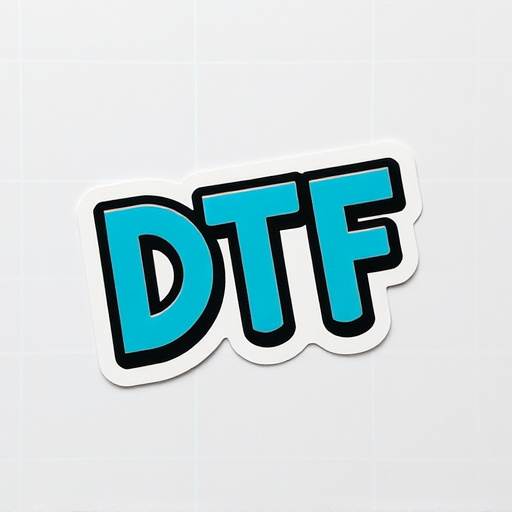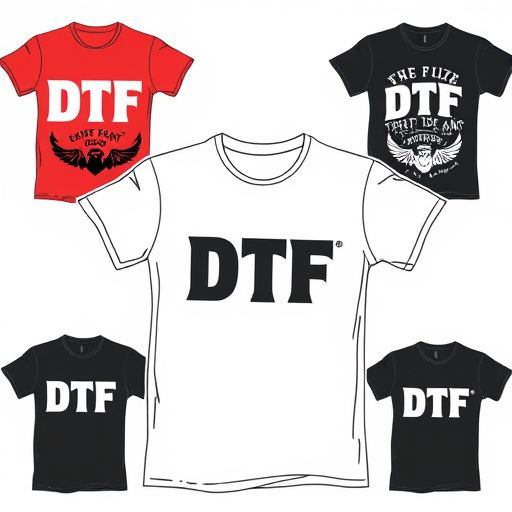Preparing fabric for Custom DTF Transfers Ready To Press involves cleaning and sanding for optimal adhesion. Choose high-quality DTF paper for crisp images and stable dimensions during pressing. Precise alignment is crucial for flawless design registration on fabric, especially for clothing brands creating custom printed t-shirts.
Looking to elevate your custom DTF transfers with ready-to-press precision? Discover the best practices for achieving flawless results. From preparing a clean, smooth surface for optimal adhesion to selecting high-quality DTF paper that ensures vibrant prints and precise alignment for perfect registration – master these steps and take your ready to press DTF Transfers to the next level.
- Prepare Surface: Ensure Cleanness and Smoothness for Optimal Adhesion
- Select Quality DTF Paper: Choose Right Material for Vivid Prints
- Precise Alignment: Achieve Perfect Registration for Flawless Results
Prepare Surface: Ensure Cleanness and Smoothness for Optimal Adhesion
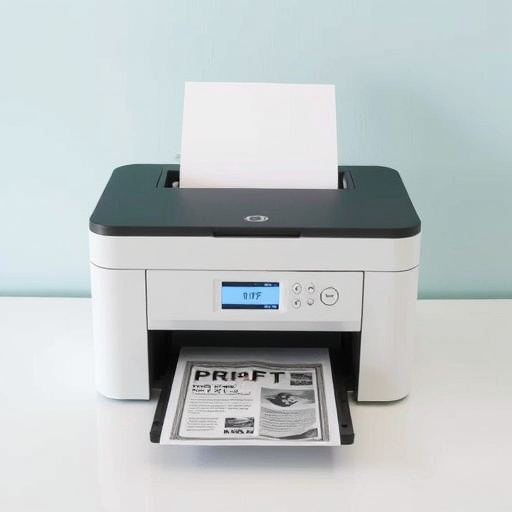
Before applying any ready to press DTF (Direct to Film) transfers, preparing your surface is paramount. The surface must be clean and smooth to ensure optimal adhesion between the transfer film and the final substrate. Start by thoroughly cleaning the area where you’ll be making the imprint using a suitable cleaner that doesn’t leave behind any residue. This removes any oils, dirt, or previous markings that could hinder the bonding process.
Once cleaned, assess the surface’s texture. For best results with custom DTF Transfers, aim for a smooth finish. If your substrate has any roughness or imperfections, consider sanding it gently to create a more even plane. This step is especially crucial when using a heat press since proper contact and pressure are essential for successful transfer. A clean, smooth surface guarantees that the intricate details of your DTF design are accurately replicated onto the final product.
Select Quality DTF Paper: Choose Right Material for Vivid Prints
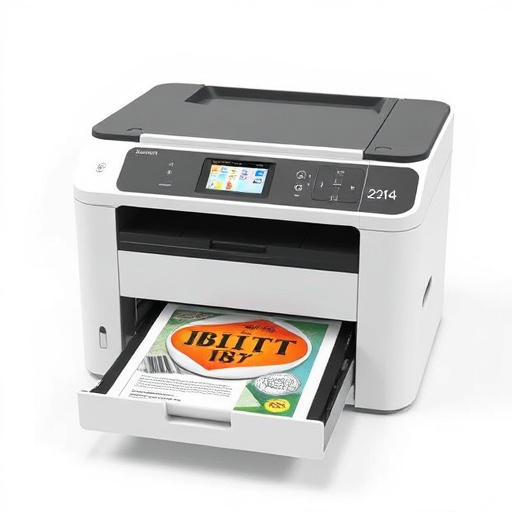
When preparing for custom DTF (Direct to Fabric) transfers with ready-to-press materials, selecting the appropriate paper is a fundamental first step. Opting for high-quality DTF paper ensures that your prints will be vibrant and long-lasting on various fabric types. Look for papers designed specifically for DTF printing, as these offer optimal ink absorption and adhesion, resulting in crisp images and precise color reproduction.
Choosing the right material is crucial for achieving vivid prints, especially when considering popular applications like DTF printing for t-shirts or even cold peel dtf transfers for dark fabrics. The paper’s composition should allow for easy application and removal while providing excellent dimensional stability to prevent warping or cracking during the pressing process. This attention to detail will make all the difference in the final product, ensuring your designs pop and captivate audiences.
Precise Alignment: Achieve Perfect Registration for Flawless Results
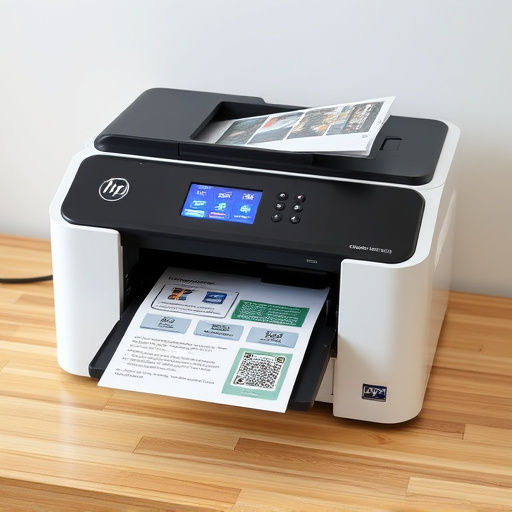
Achieving precise alignment is a best practice that guarantees flawless results when applying Custom DTF Transfers Ready To Press. It’s crucial for ensuring that your designs, whether logos or intricate patterns, perfectly register on the desired fabric. This meticulous process involves careful positioning of the dtf transfer sheets onto the garment, aligning both the print and the fabric’s fibers precisely.
For clothing brands looking to create high-quality, custom printed t-shirts, this attention to detail is paramount. DTF printing offers exceptional versatility for designers, allowing them to produce vibrant, detailed logos and graphics on a variety of fabrics. By mastering precise alignment, you can deliver products that not only look spectacular but also maintain their aesthetic integrity over time, making it a vital step in the DTF transfer application process.
Applying custom DTF transfers ready to press requires attention to detail and the use of high-quality materials. By preparing your surface, selecting the right DTF paper, and ensuring precise alignment, you can achieve flawless results that enhance your designs. Incorporating these best practices into your workflow will ensure vibrant prints and a professional finish for your ready-to-press transfers.





